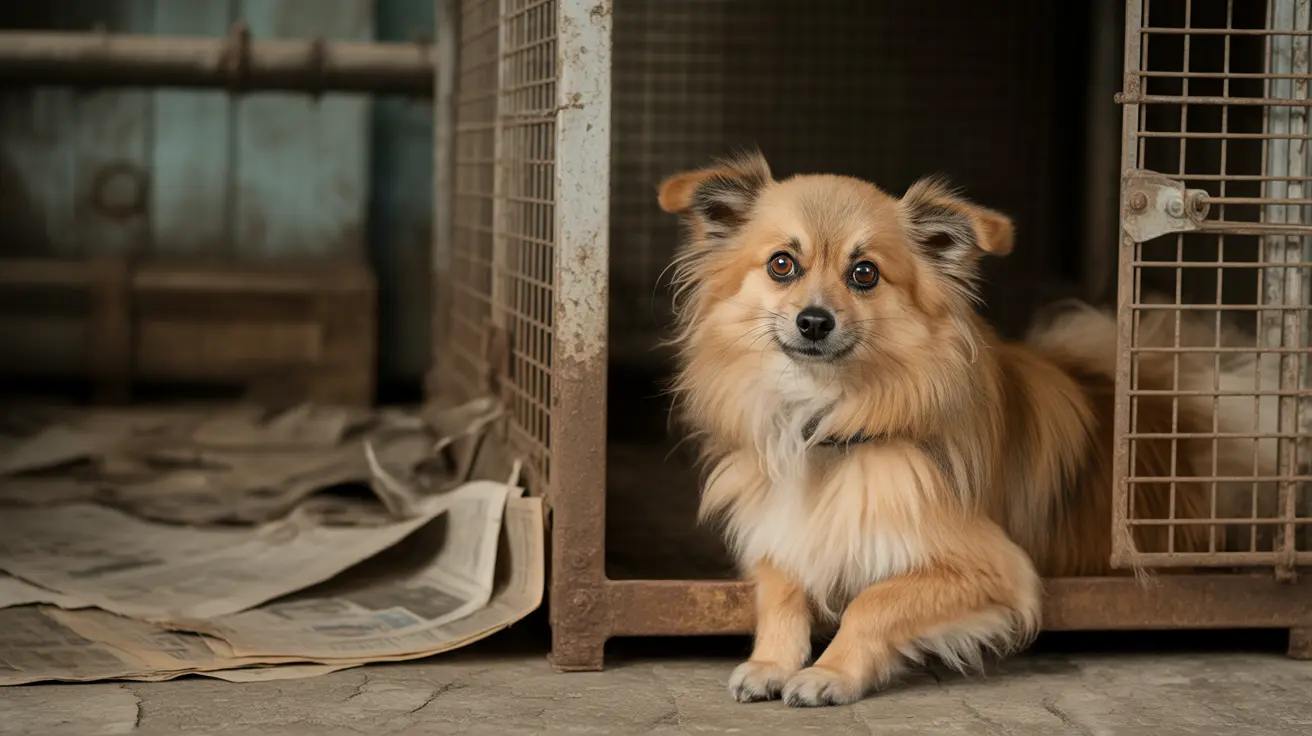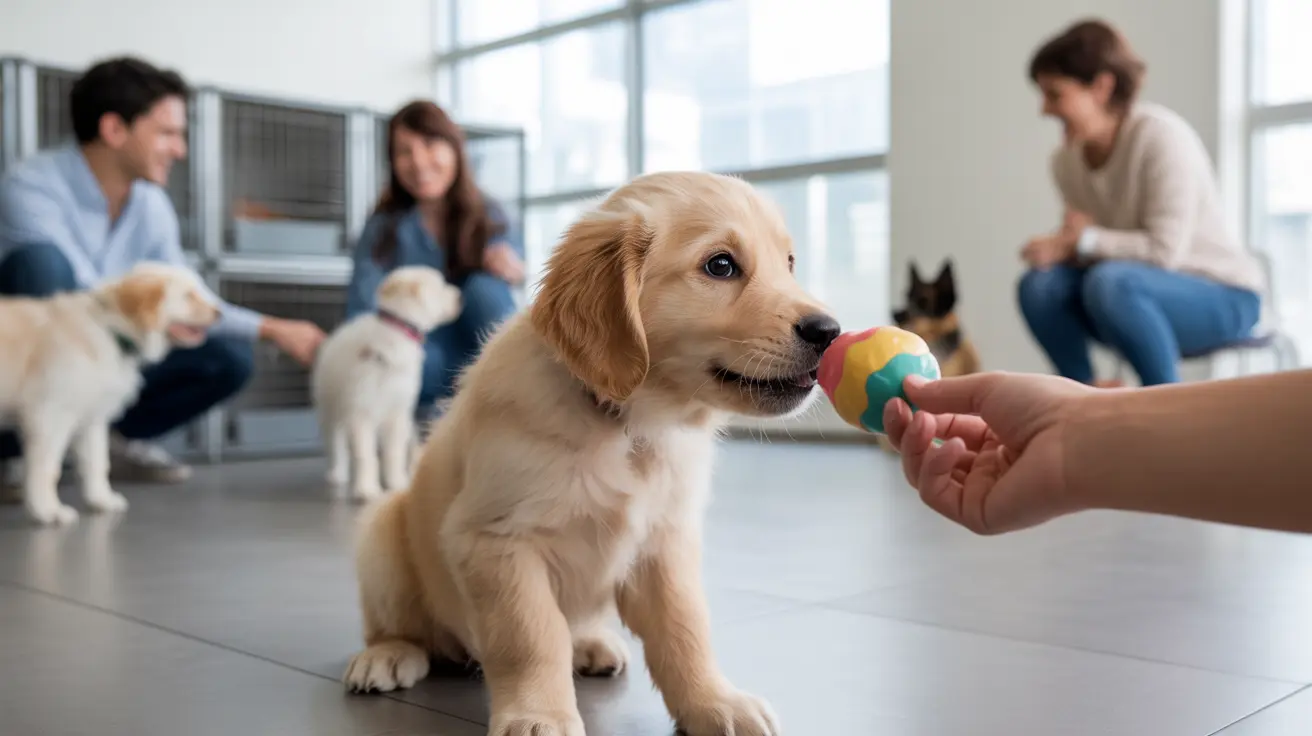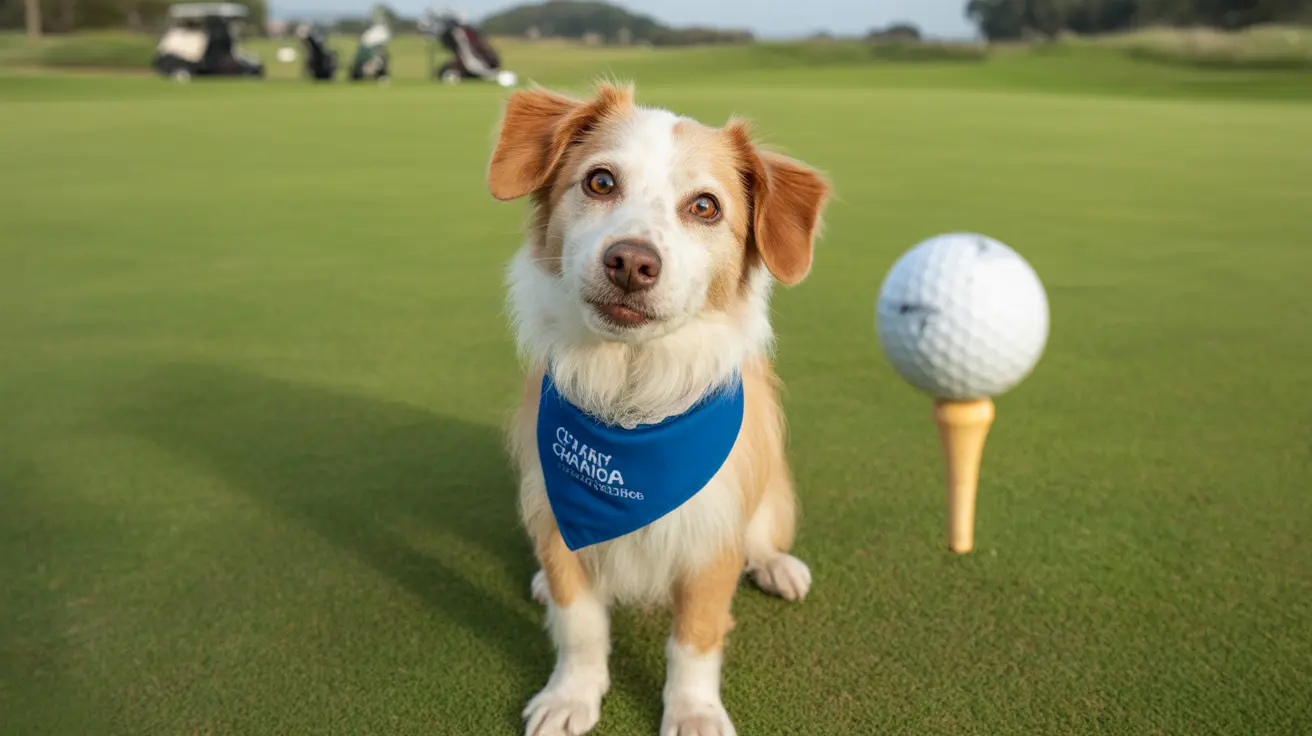How Do Dogs Apologize? Understanding Canine Body Language
Unlike humans, dogs don’t use words to apologize. However, they have their own unique ways of expressing remorse, often relying on non-verbal cues and behavioral changes to show that they recognize they’ve done something wrong—or to restore harmony within their pack, which often includes their human family.
Key Ways Dogs Show Apology
Dogs use a combination of physical and behavioral signals that communicate submission or an attempt to make amends. These signs are rooted in their instincts and pack dynamics. Here are the most common ways dogs apologize:
- Submissive Posture: They may lower their body, tuck their tail between their legs, and keep their ears back to indicate submission.
- Licking: Dogs often lick the face or hands of their owner or another dog as a sign of appeasement.
- Lowered Head and Eyes: Avoiding eye contact and dipping the head are signs of yielding authority.
- Paw Raises: Some dogs will gently raise a paw or nudge you as a peaceful gesture.
- Snuggling or Nestling: Dogs may try to regain favor by cuddling or lying near you when sensing discontent.
The Science Behind Canine Apologies
Dogs understand social structures within their pack, and behaviors that resemble “apologies” are actually part of appeasement and reconciliation rituals. These behaviors are not admissions of guilt in the human sense but are intended to reduce tension and promote bonding.
Scientific studies have shown that dogs are adept at reading human emotions. When a dog engages in certain post-incident behaviors, it's often in response to human cues—such as tone of voice or facial expressions—that they interpret as signs of displeasure. Their 'apology' helps to re-establish positive interactions.
Can Dogs Feel Guilt?
Although it may appear that a dog looks guilty, canine psychology experts argue that what humans interpret as guilt is more likely fear or stress due to a past negative consequence associated with a similar situation. The classic “guilty look” is typically more about anticipating punishment rather than expressing remorse.
Helping Your Dog Learn from Mistakes
Rather than expecting a heartfelt apology, it’s more productive to use positive reinforcement and consistent training to guide your dog’s behavior. If your pet engages in undesirable behavior, such as chewing furniture or inappropriate barking:
- Avoid aggressive punishment; instead, use calm correction techniques.
- Redirect their behavior with toys or tasks.
- Reward desired actions immediately so the dog connects it to the positive response.
Dogs thrive on structure and knowing what behaviors lead to positive results. Encouraging calm and reinforcing desired behavior reduces the need for apologies overall.
Differences Based on Dog Personality
Just like humans, every dog has a unique temperament. Some dogs may be naturally more submissive and quick to offer conciliatory gestures, while others may be more independent or aloof. Breed, upbringing, and social experiences play a significant role in how a dog responds to conflict.
For example:
- Labradors and Golden Retrievers are known for their affectionate and people-pleasing nature, making them more likely to display signs of apology.
- Huskies or Terriers might be less demonstrative and express remorse differently—or not at all in obvious ways.
Conclusion: Reading Between the Lines
While dogs can't say "I'm sorry," they show their regret or intent to make peace through body language and behavior. Understanding these canine apology signals helps pet owners strengthen their bond, foster better communication, and maintain a harmonious household.
Recognizing and appreciating the ways dogs try to reconnect after a mistake allows for a deeper emotional connection and more effective training. At the end of the day, your dog wants to feel safe and loved—and to know that you’re on the same team.





